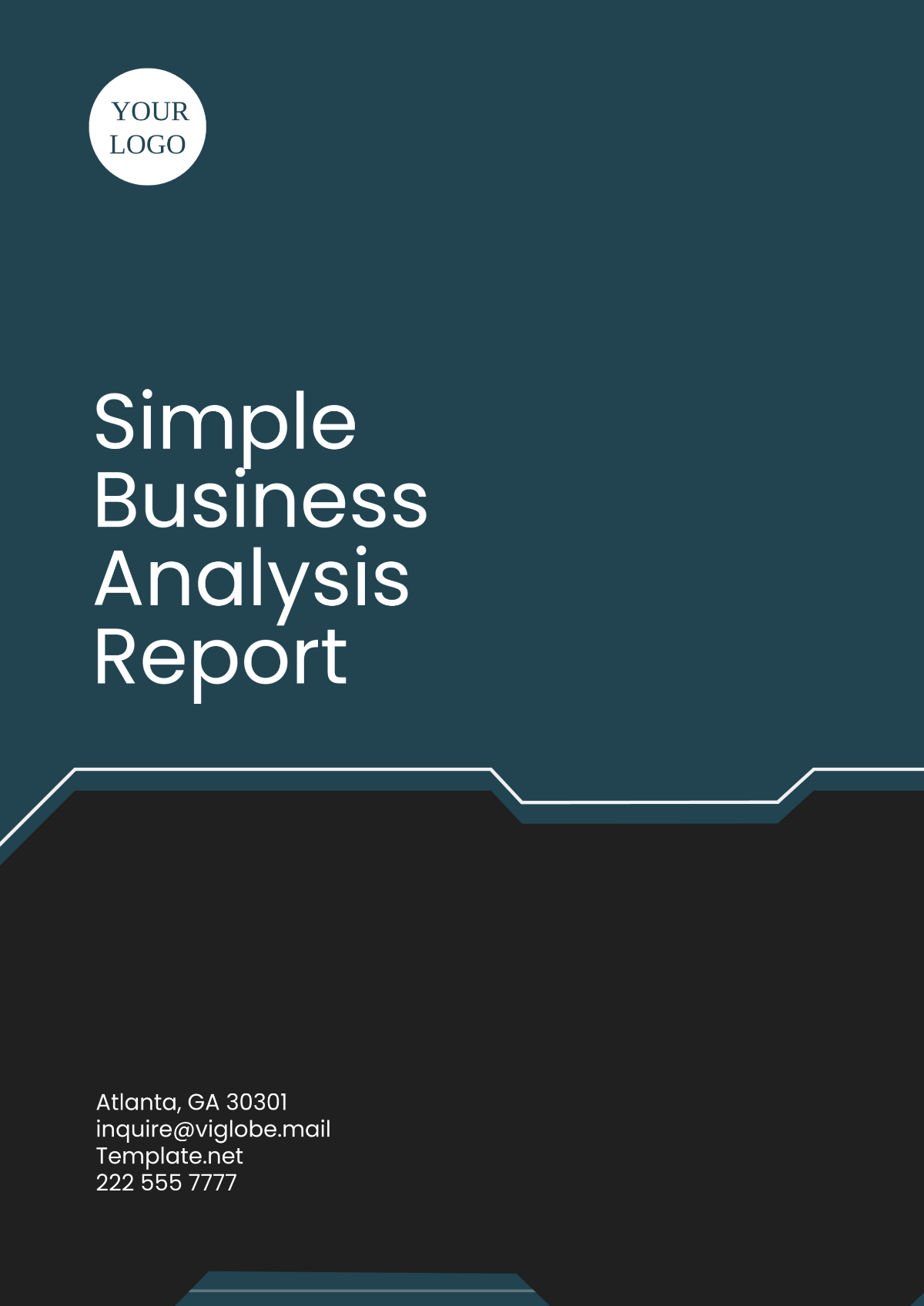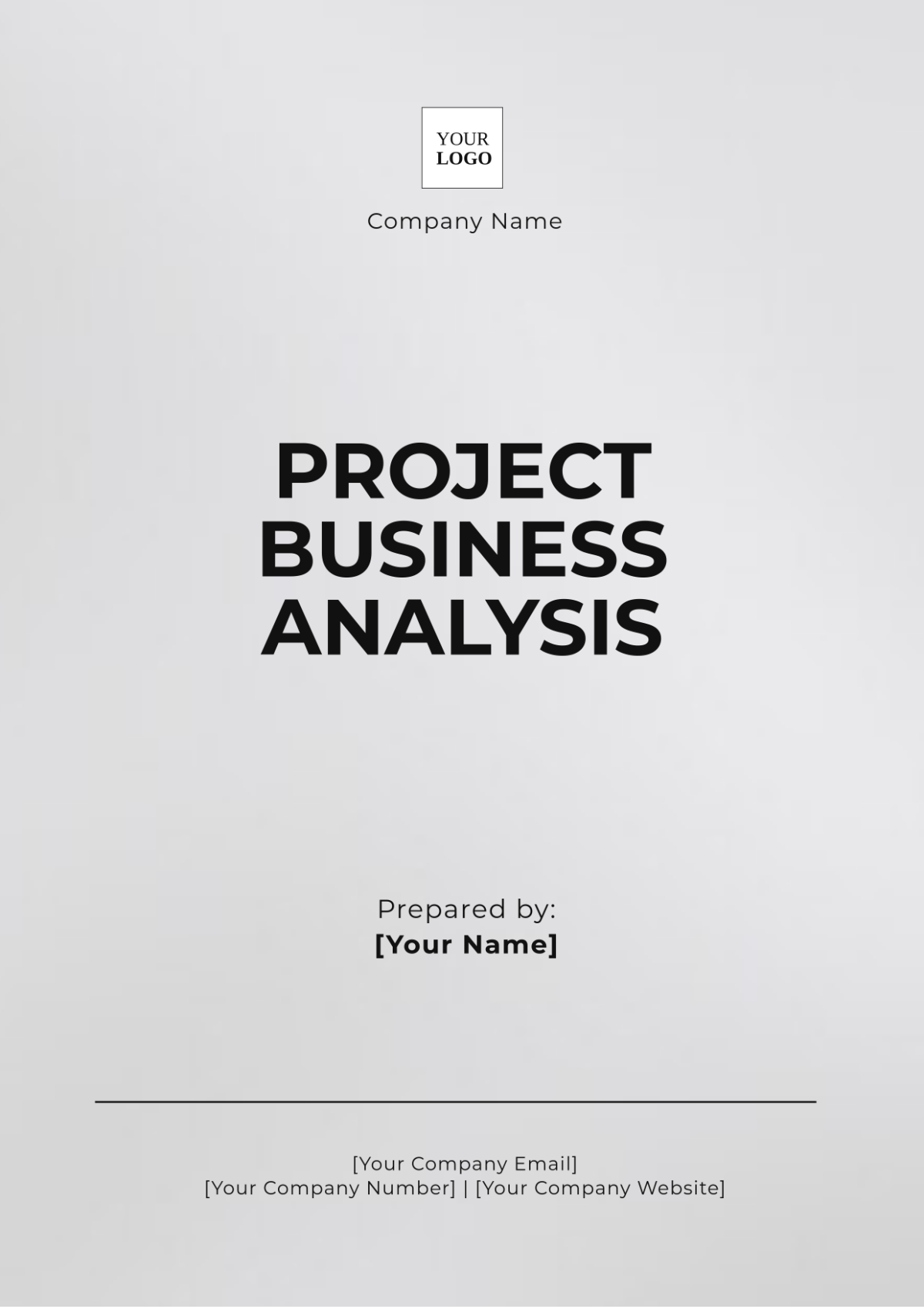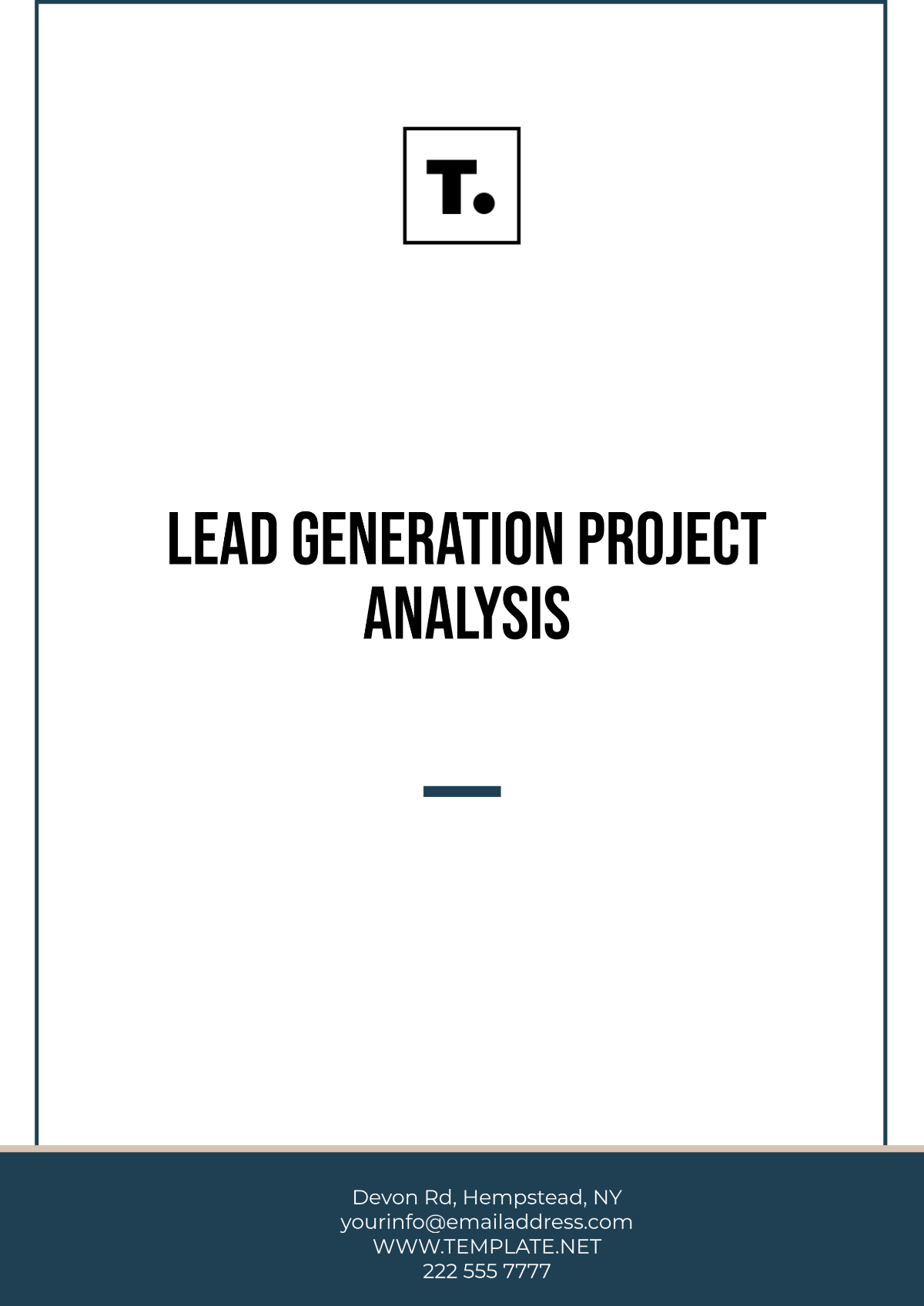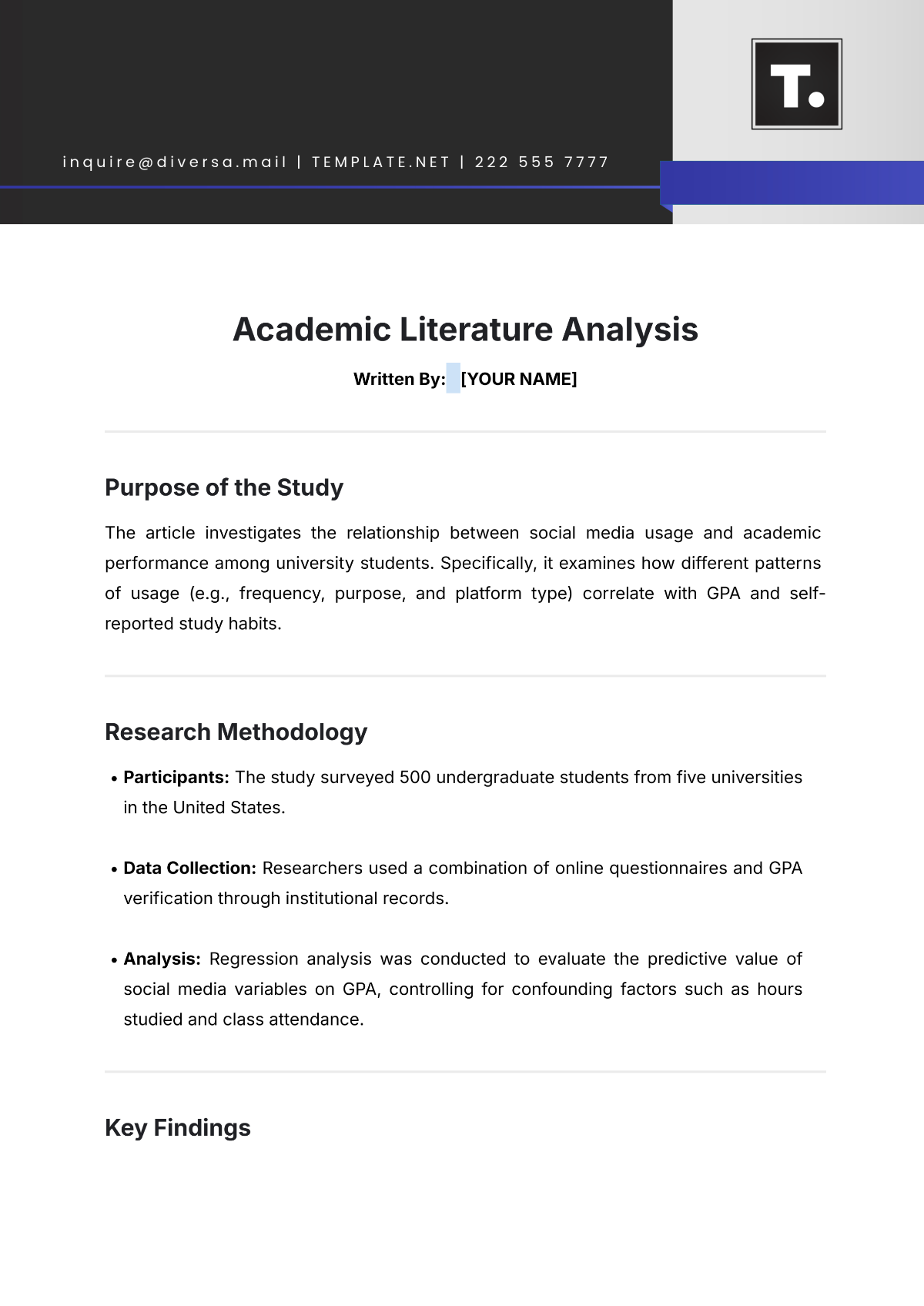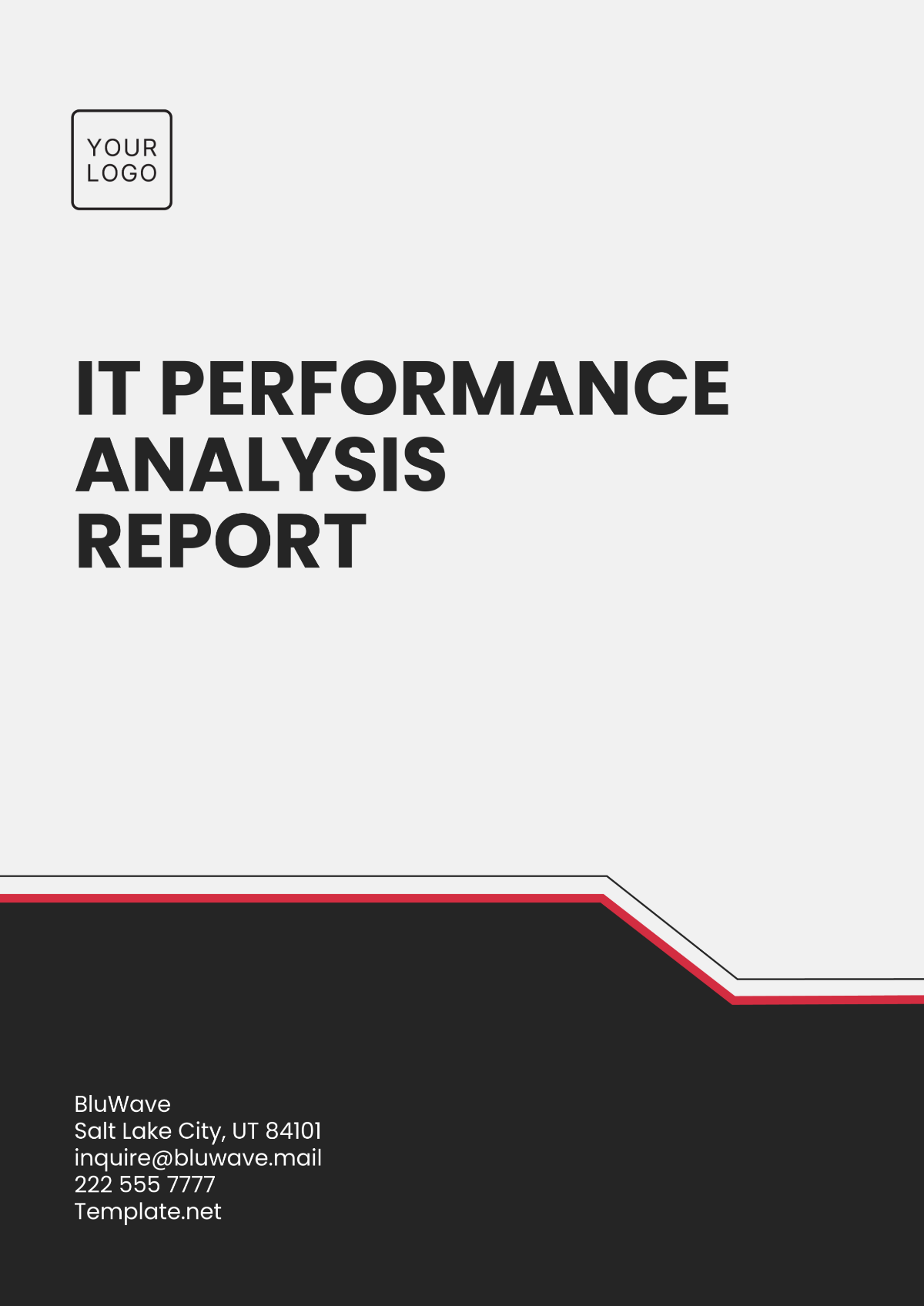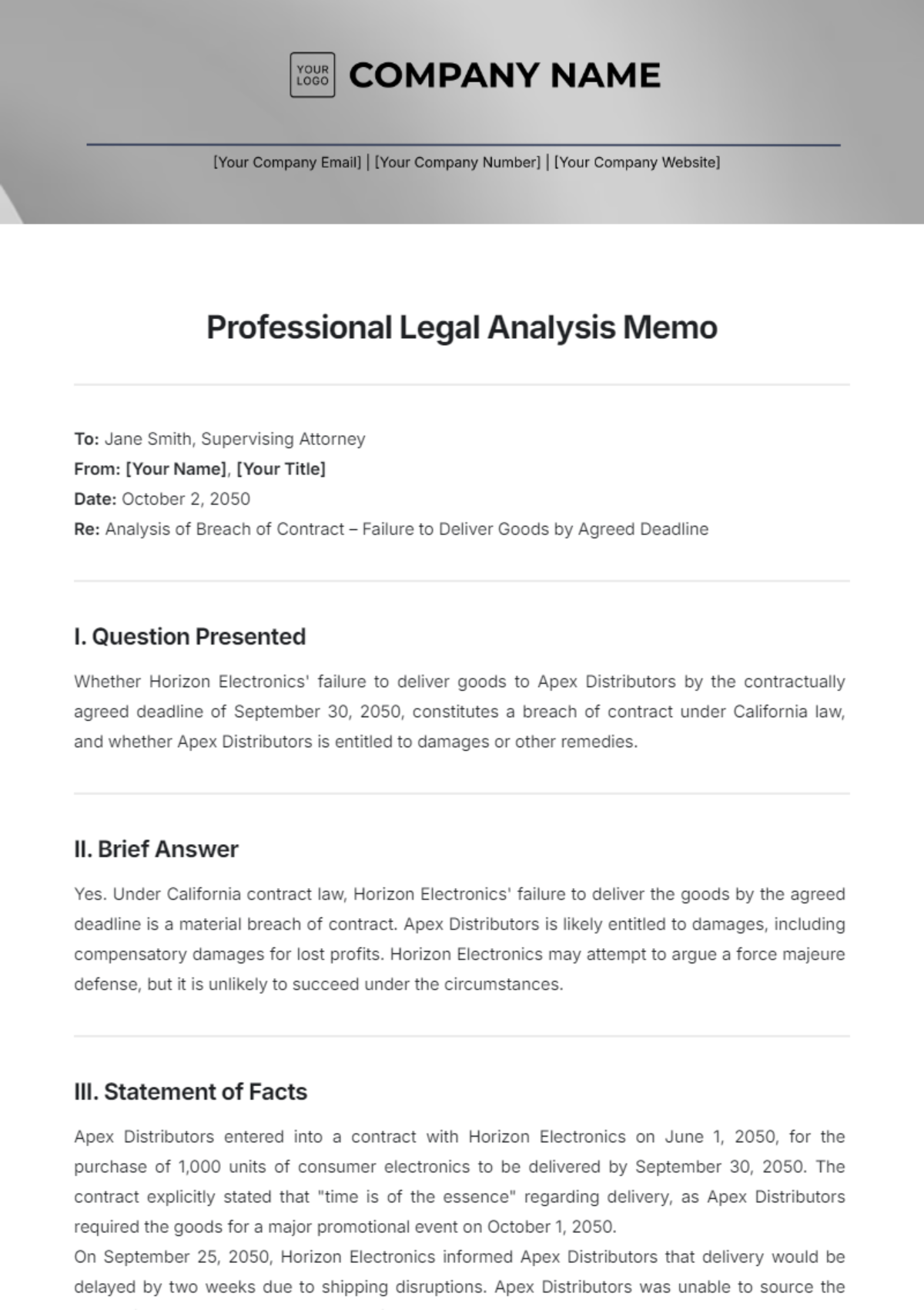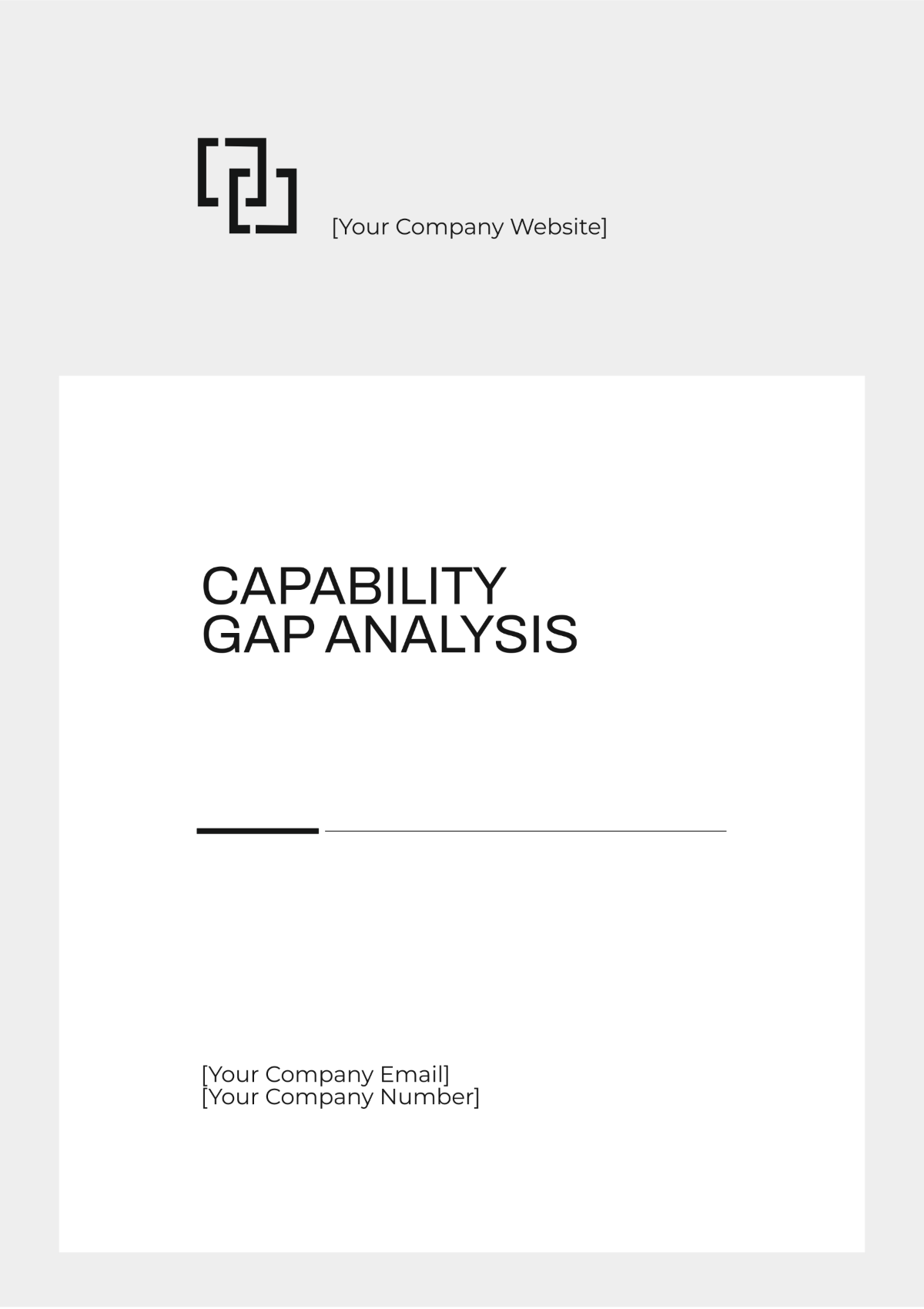Thematic Analysis for Business Strategy
Prepared By: [Your Name]
Company: [Your Company Name]
1. Introduction
Thematic Analysis for Business Strategy is a systematic approach used to identify and analyze key themes or patterns within data related to business strategies. This analysis helps organizations understand underlying trends, insights, and factors that impact their strategic decisions. The structured methodology involves several stages, including data collection, coding, theme identification, and trend analysis. This document provides a detailed overview of each stage in the form of narrative and table formats, enriched with lists wherever applicable.
2. Data Collection
2.1 Sources of Data
Data collection is the initial stage of Thematic Analysis, where relevant information related to business strategies is gathered. The following sources are commonly used:
Internal Reports and Strategic Documents: These include financial statements, performance reviews, and strategic planning documents that offer insights into the company’s operational and strategic performance.
Market Research Studies: These studies provide valuable information on market trends, consumer behavior, and competitive dynamics, helping to understand external market forces and opportunities.
Customer Feedback and Surveys: Collecting data from customer surveys, feedback forms, and reviews helps gauge customer satisfaction, preferences, and emerging needs.
Industry Analysis Reports: These reports offer a broad view of industry trends, regulatory changes, and market conditions, which are crucial for understanding the broader business environment.
Competitor Analysis: Analyzing competitors’ strategies, strengths, and weaknesses helps identify market positioning and potential competitive advantages or threats.
2.2 Data Collection Methods
Various data collection methods can be employed, including:
Interviews: Conducting one-on-one or group interviews with key stakeholders, such as employees, customers, and industry experts, provides in-depth qualitative insights.
Focus Groups: Organizing discussions with small groups of participants allows for the exploration of specific topics in detail and can reveal common opinions and trends.
Online Surveys: Using structured questionnaires distributed via email or web platforms enables the collection of quantitative data from a larger audience, offering a broad perspective on various issues.
Document Review: Analyzing existing documents, such as reports, memos, and strategic plans, provides background information and historical context relevant to business strategies.
Observations: Directly observing behaviors, processes, and interactions within the organization or market provides real-time data and contextual insights.
3. Data Coding
3.1 Initial Coding
Initial coding is the process of breaking down the collected data into manageable chunks and labeling them with descriptive codes. This stage is essential for organizing the data and preparing it for theme identification.
Open Coding: Identifying and labeling initial themes from raw data. For example, codes might be created for mentions of "innovation" or "customer satisfaction."
Descriptive Coding: Assigning codes that describe the content of the data. For instance, "price sensitivity" could be a descriptive code for data related to pricing concerns.
3.2 Focused Coding
Focused coding narrows down the data by identifying the most significant and frequent codes. This step ensures that the analysis centers on essential themes rather than less relevant data points.
Selective Coding: Focusing on the most relevant codes that align with the research objectives. For example, selecting codes related to "market trends" and "customer needs."
Thematic Coding: Grouping related codes into broader themes. For instance, codes related to "customer feedback" and "product features" might be grouped under the theme "product development."
3.3 Codebook Development
A codebook is a comprehensive document that includes all codes used in the analysis, along with their definitions and examples. This ensures consistency and transparency in data interpretation.
Code | Description | Example |
|---|---|---|
Market Demand | References to changes or trends in customer demand | "The demand for electric vehicles is increasing." |
Competitive Advantage | Mentions of a company’s strategic advantages over competitors | "Our proprietary technology provides a significant edge." |
Customer Satisfaction | Levels of satisfaction expressed by customers | "Customers are highly satisfied with our service quality." |
4. Theme Identification
4.1 Identifying Themes
In this stage, the data is analyzed to identify recurring themes. Themes are broader than codes and represent key ideas or patterns emerging from the data.
Theme Extraction: Identifying and extracting meaningful patterns from the coded data. For example, a theme might be "increasing demand for sustainable products."
Theme Refinement: Refining and finalizing the identified themes to ensure they accurately represent the underlying data. Themes should be coherent, consistent, and distinct from each other. For instance, refining the theme of "sustainability" to include specific aspects like "eco-friendly materials" and "energy efficiency."
4.2 Validating Themes
The final step in theme identification is validating the themes by cross-checking them against the original data. This ensures that the themes accurately reflect the collected information.
Cross-Validation: Comparing themes with original data to confirm their accuracy. For example, ensuring that the theme "market expansion" is supported by multiple data sources.
Stakeholder Feedback: Engaging stakeholders to review and validate themes. For instance, presenting themes to key decision-makers for their input and confirmation.
5. Trend Analysis
5.1 Comparative Analysis
Trend analysis involves comparing the identified themes over different periods or across different datasets. This helps identify patterns and trends that provide strategic insights.
Temporal Comparison: Analyzing how themes have evolved. For example, comparing customer feedback on product features before and after a major update.
Cross-Dataset Comparison: Examining themes across different datasets to identify commonalities and differences. For instance, comparing market research findings with competitor analysis results.
5.2 Impact Assessment
The impact assessment stage evaluates the implications of the identified themes on the organization’s business strategy. This involves understanding how these themes can influence strategic decision-making.
Strategic Implications: Assessing how themes affect strategic planning and execution. For example, understanding how the theme "technological advancements" might influence investment decisions in R&D.
Scenario Analysis: Exploring different scenarios based on identified themes. For instance, analyzing how different market trends might impact future growth opportunities.
5.3 Reporting Findings
The final stage of Thematic Analysis involves summarizing the identified themes, trends, and their strategic implications. The table below presents these findings in a clear and concise format, highlighting key themes, current trends, and recommended strategic actions:
Theme | Trend | Strategic Implication |
|---|---|---|
Market Demand | Increasing interest in sustainable products | Shift focus towards eco-friendly product lines. |
Competitive Advantage | Technological advancements in AI | Invest in R&D to enhance product capabilities. |
Customer Experience | Rising expectations for personalized service | Develop personalized marketing and customer service strategies. |
Operational Efficiency | Growing need for cost reduction | Optimize processes and implement cost-saving measures. |
Market Expansion | Emerging Markets Showing Growth Potential | Explore opportunities in new markets and expand product offerings. |
6. Conclusion
Thematic Analysis for Business Strategy offers a structured and systematic approach to understanding the key themes and underlying trends affecting an organization’s strategic decisions. By meticulously following the stages of data collection, coding, theme identification, and trend analysis, businesses can derive actionable insights that drive informed strategic planning. The use of both narrative and tabular formats in this document aims to provide a comprehensive understanding of the process and its applications.



















